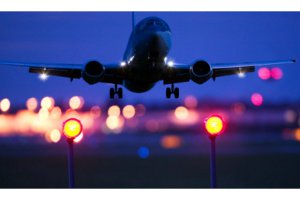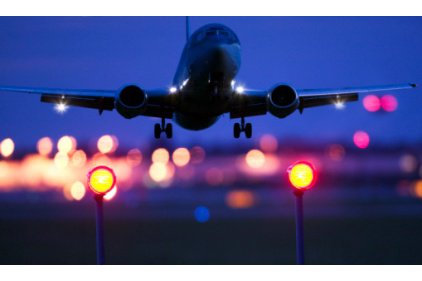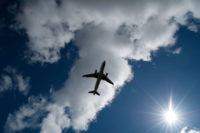 The recent spate of airline flight cancellations due to the polar vortex was not made worse by the Departments of Transportation’s (DOT) new hours-of-service rules for pilots, according to the Air Line Pilots Association (ALPA).
The recent spate of airline flight cancellations due to the polar vortex was not made worse by the Departments of Transportation’s (DOT) new hours-of-service rules for pilots, according to the Air Line Pilots Association (ALPA).
Tens of thousands of flights were cancelled or delayed during the weeklong period of the coldest weather, leaving passengers stranded for days in airports across the country.
Did the rules make things worse?
Critics of the rules have suggested that the DOT’s requirement that commercial airline pilots to get at least 10 hours of off-duty time between work shifts contributed to the cancellations, because while waiting for delayed flights to get the “all clear,” pilots maxed out the number of hours they could work.
Weather, not the regulation, was the reason for flight cancellations, according to the ALPA, which called the pilot fatigue rules “a significant accomplishment in enhancing safety" for the traveling public.
Advancement in safety
"Record bad weather and poor planning for compliance with new regulations by a few individual airlines should not distract from the tremendous advancement in safety that has resulted from this past weekend’s implementation of the FAA’s new science-based flight- and duty-time regulations for airline pilots who fly passengers,” the ALPA said in a statement.
“Airlines have had two years’ advance notice, and the proactive safety culture at ALPA has aided the transition for our pilots. Implementation of these long-overdue regulations has gone smoothly in all but a very few cases.
In addition to getting at least 10 hours of off-duty time between flight schedules – intended to provide the opportunity for eight hours of sleep before a flight -- pilots are also limited to no more than nine hours of flight time and 28 working days in a month.
ALPA said the new rules should also be applied to pilots who are flying cargo planes.


